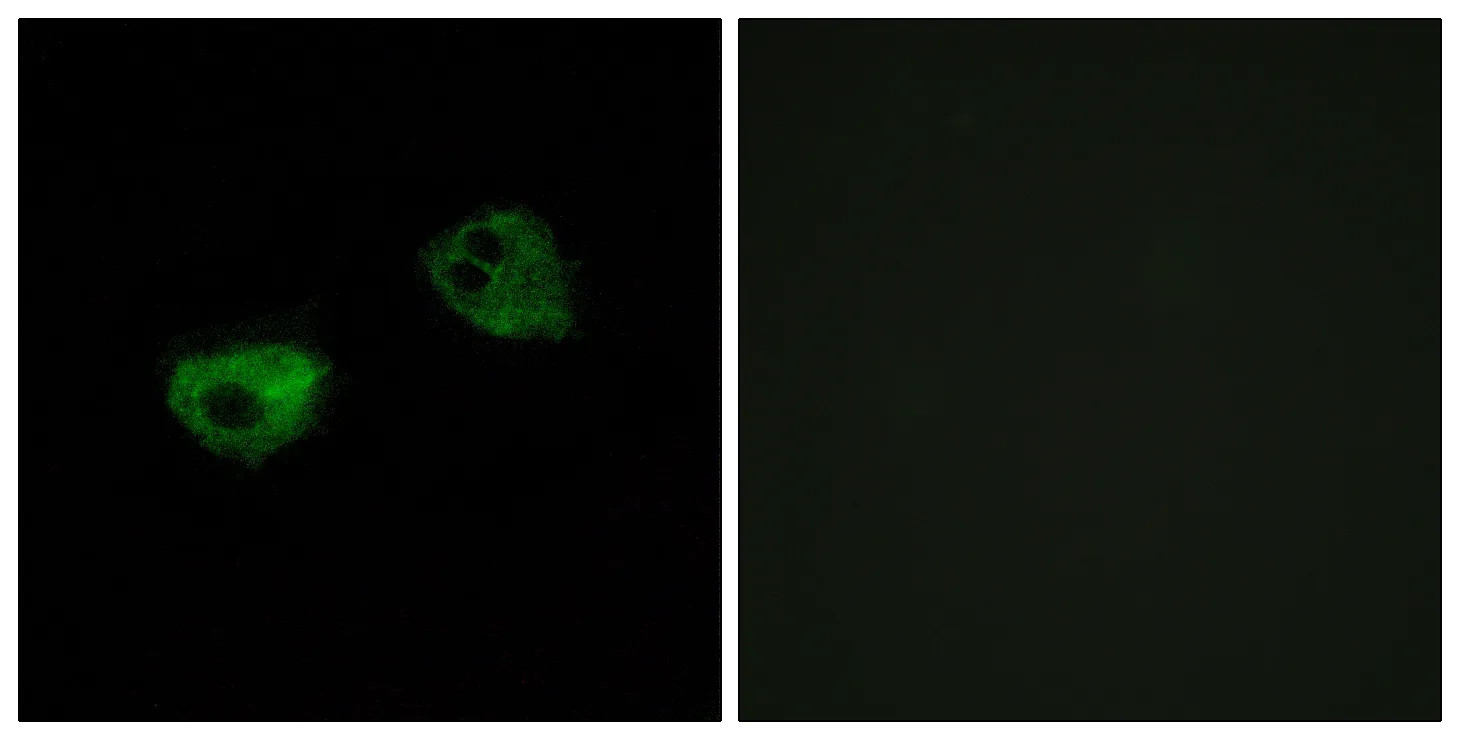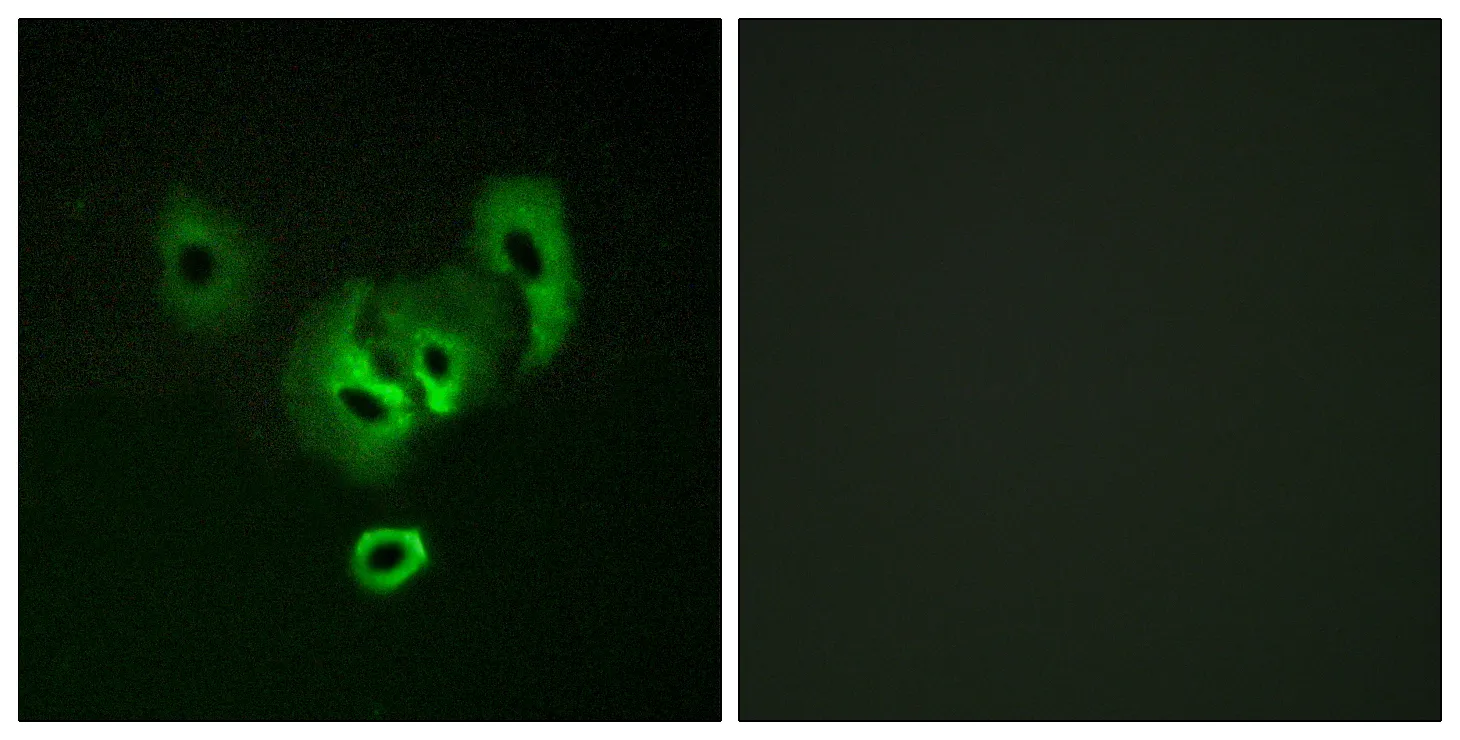Summary
Performance
Immunogen
Application
Background
This gene encodes a member of the testis-specific protein Y-encoded, TSPY-like/SET/nucleosome assembly protein-1 superfamily. The encoded protein is localized to the nucleolus where it functions in chromatin remodeling and as an inhibitor of cell-cycle progression. This protein may play a role in the suppression of tumor growth. [provided by RefSeq, Sep 2009],function:Part of the CASK/TRB1/TSPYL2 transcriptional complex which modulates gene expression in response to neuronal synaptic activity, probably by facilitating nucleosome assembly. May inhibit cell proliferation by inducing p53-dependent CDKN1A expression.,induction:Up-regulated in growth-arrested T-cells. Induced by TGFB1 and all-trans retinoic acid in lung cancer cells (at protein level).,miscellaneous:Subject to X inactivation.,miscellaneous:Synaptic activity down-regulates TSPYL2 protein levels by inducing rapid proteasomal degradation.,PTM:Phosphorylation at Ser-20 and/or Thr-340 impairs function on cell proliferation.,similarity:Belongs to the nucleosome assembly protein (NAP) family.,subcellular location:Enriched in transcriptionally active regions of chromatin in neurons.,subunit:Interacts with histones. Interacts with CASK. Part of a complex containing CASK, TRB1 and TSPYL2.,tissue specificity:Ubiquitously expressed, with highest levels in brain, testis and heart, and lowest levels in liver and pancreas.,






